HPE Enterprise's Antonio Neri On The Blockbuster SimpliVity Acquisition And The Hyper-Converged Shortcomings Of Nutanix, Cisco And Dell-EMC
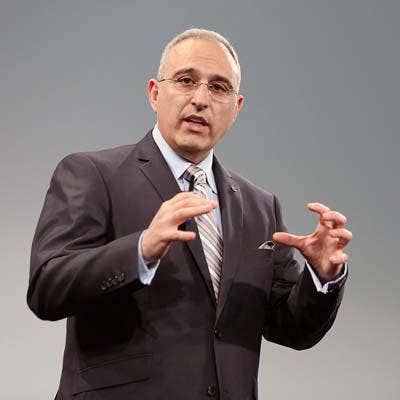
A Hyper-Converged Game Changer
Hewlett Packard Enterprise Group Executive Vice President Antonio Neri (pictured), the hard-charging architect of HPE's hybrid IT strategy, spoke with CRN Tuesday about the company's planned blockbuster acquisition of hyper-converged superstar SimpliVity, the impact on competitors including Nutanix, Cisco and Dell EMC, and the future HPE SimpliVity hyper-converged software-defined roadmap.
HPE, which is paying $650 million for SimpliVity, plans to use SimpliVity's software as the basis for a full integrated set of software-defined data center offerings, including integration with HPE 3Par and OneView, and even container-based hyper-converged offerings.
The HPE SimpliVity product march will start with an HPE SimpliVity HC 380 appliance within 60 days of the close of the deal, then be followed within six months by additional appliances, including a VMware appliance, a backup and disaster recovery appliance and a Microsoft HyperV appliance.
"This is a phenomenal game-changer," said Neri. " There is a lot of money and margins partners can add here. The simplicity of bringing all of this together is the benefit to our partners. They can sell it as an integrated solution."

How quickly are you going to productize this across the full HPE hybrid IT portfolio?
Within the first 60 days of closing between now and sometime in March, we are going to take the OmniStack from SimpliVity and put it on our HC380. So you are going to have an HPE SimpliVity platform. What that means is you are going to have the SimpliVity OmniStack on the DL380, which is the war horse that channel partners sell into enterprise and SMB [acccounts].
Within the first six months – sometime in September – we are going to introduce the next generation of hybrid IT systems, which Ric Lewis [general manager and senior vice president of HPE's Software Defined and Cloud Group] and his team have been working on. Those provide the full hybrid IT experience customers are looking for. This goes beyond hyper-converged, and we are going to leverage the SimpliVity software-defined storage [software] in our Composable [infrastructure] strategy, including Synergy.

How does the full integrated offering differentiate you from hyper-converged competitors?
This is a full solution. We don't treat hyper-converged as an island like some of our competitors do. We treat it as part of a comprehensive strategy in the data center and hybrid IT world: one experience, software-defined, data mobility – which is important for our customers – all ultimately at a cost our customers are looking for. We are super excited.

What is the hyper-converged market growth opportunity?
Obviously, the hyper-converged market is a growing, exciting market because it is simple to deploy and scale. That market today is $2 billion. We think three years from now, it will be a $5 billion market. It is a fast-growing market that we obviously want to participate in and win.
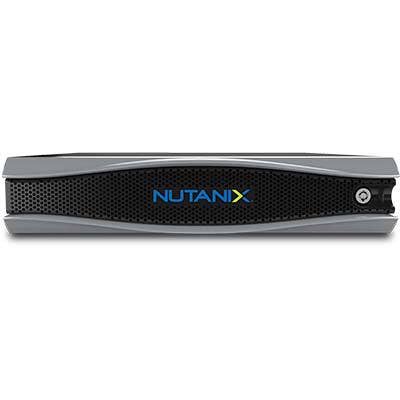
How does this stack up against the Nutanix hyper-converged offering?
Nutanix is taking an approach around specific use cases like VDI (virtual desktop infrastructure). We are taking a much broader view of this. It is not just VDI. It is backup and recovery and enterprise workloads that will run on this future architecture called hyper-converged and Composable. We will have a full integrated experience second to none, which Nutanix today does not address with their solution.

Compare the HPE SimpliVity software-defined storage offering to the Nutanix offering.
Nutanix does not have this level of software-defined storage. They have what I call a good experience on it, but it doesn’t have the level of efficiency at the software, data services level. We are already the No. 1 infrastructure provider on the planet. This will make us even stronger and will set us apart for months and years to come. More than 70 percent of what we do goes through the channel. I want to reinforce that once again: We are a channel company and will continue to be a channel-driven company -- period. And all of this innovation is to make our channel successful with our customers.
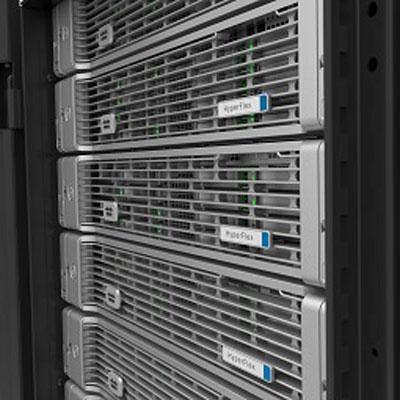
How does this compare to the Cisco Springpath Hyperflex solution?
The data services piece of Cisco HyperFlex is non-mature. They partner with SpringPath. The reality is that is a very immature platform and, by the way, it is only one form factor. We will have multiple form factors.

How will this affect the SimpliVity hyper-converged partnership with Cisco? Does that end here?
Right now, our commitment to customers is that there are no immediate changes until we close the transaction. It should be closed in the next four to six weeks. After the transaction is closed and we execute the roadmap, obviously we're going to put all solutions on the HP infrastructure.
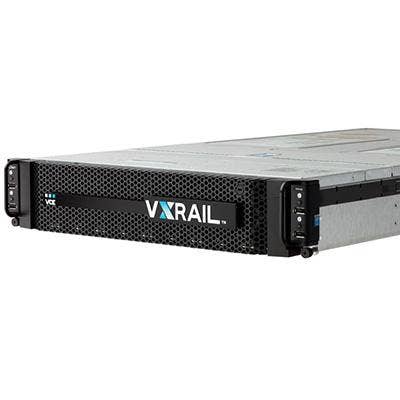
How about the Dell EMC impact?
Dell EMC has the VXRail. That will be another competitor, but we think our experience is very open and not a lock in. We will support multiple stacks so you can have a VMware stack, a HyperV stack, and OpenStack. That gives customers multi-cloud choice and flexibility. We have spoken about our strategy as a multi-cloud strategy. Now we are going to offer hyper-converged in a multi-cloud strategy with one common data fabric, which in this case is SimpliVity. That makes us scalable and consistent – and not as an island in the data center. This is part of moving from traditional IT to software-defined with hyper-converged and ultimately [Synergy] Composable – our vision of the future.
So we think we are better positioned than our competitors. We offer a full portfolio, a consistent user experience at the data level.
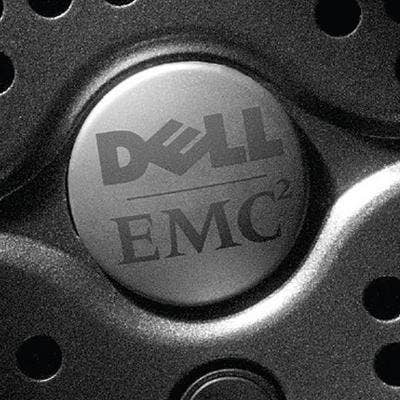
How do you view the Dell EMC lock in?
Dell EMC are pushing their own (VMware) IP (intellectual property), which, in this case, obviously is very close to the VMware solution. But that is one choice customers will have. Obviously, that makes sense for them because that is their company. We actually offer multiple choices for customers, and customers are asking for multiple choices.
If you are a VMware shop, we can offer now a best-in-class VMware hyper-converged platform with our software-defined fabric, our best-in-class hardware and our unique, differentiated experience on top of them.
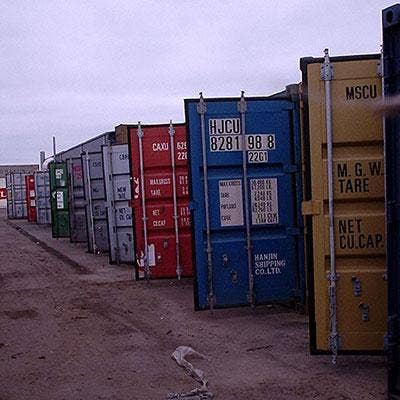
How does this deal impact HPE's container strategy?
The exciting thing as we go forward is we are going to offer container-based hyper-converged appliances. The SimpliVity solution allows us to move in that direction.
Partners want a portfolio to meet their customers' needs in a way that they are not forced to work with one solution but with multiple solutions. That is the beauty of what we are bringing to the market.
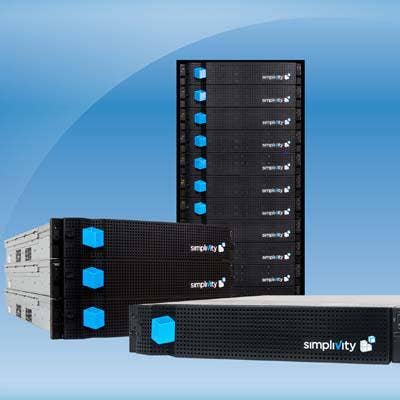
Talk about the importance of using the SimpliVity software as a strategic software-defined data fabric.
It is super important. First, because hyper-converged was incubated at what I call at the edge of the data center in segments like remote office, branch office and the SMB market. As enterprises are looking to adopt this technology as the next generation of private cloud for specific workloads, they need enterprise features and, as you know, the most important part of what IT does is manage applications and data.
So, when you are moving technology like this to the data center, you need to make sure they have enterprise-grade features, whether it is performance and scale, whether it is data mobility, both scale up and scale out, on-prem and off-prem, and built-in resiliency. The beauty of SimpliVity is you don't need extra software to manage that data resiliency. It is built into it ,which makes the software-defined solution very efficient. When you think about the number of copies you need to make of the data, the latency and cost associated with that is enormous. With the SimpliVity solution, you do it one time.

What impact will that SimpliVity software resiliency have on partners?
With SimpliVity, partners know that resiliency is built into the platform. They don't need to add other software to the stack. The ability to scale and the performance comes with it. That is the unique differentiator and obviously the policy management and how you move data back and forth is not just compute storage and scale out but also SAN environments. We'll be able to work with our 3Par engineers here to be able to integrate that solution with 3Par in a data mobility approach, which is massive. Nobody has that in the market.
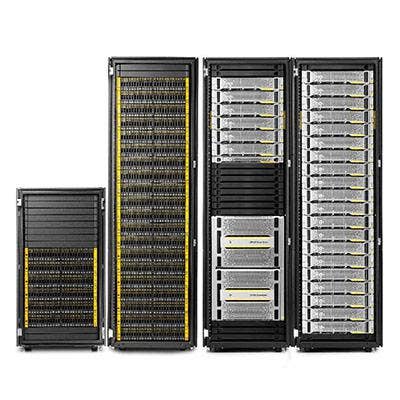
When will partners see the 3Par integration?
When you have data on a scale out, hyper-converged or Composable or a SAN, we will be able to move data seamlessly between those architectures back and forth without any incremental effort. We expect that to be in the first part of next year. Obviously, our focus right now is hyper-converged and Composable. So throughout the next four quarters you are going to see all these solutions come into place. The first is HPE SimpliVity hyper-converged appliance. The second is the user experience we are working on top of that. The third one is the Synergy solution. And the fourth one is the full integration with 3Par. That is the roadmap.
For partners selling our portfolio and customers deploying our solutions, they know [that] when they deploy 3Par hyper-converged and Composable they are going to have a common vision of the data services across that architecture.
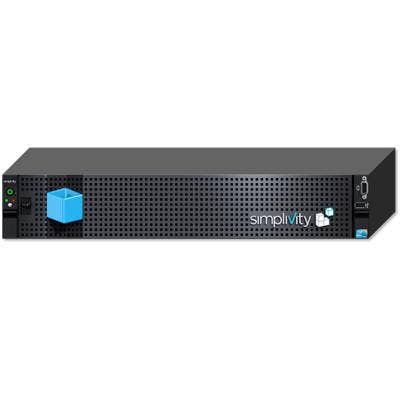
What will be the branding on the new HPE hyper-converged offerings?
We are going to keep the SimpliVity brand for our hyper-converged appliances. You can expect an HPE SimpliVity portfolio of appliances from a traditional VMware virtual machine to backup disaster recovery to HyperV and Azure solutions. You will see a family for that HPE SimpliVity platform.
The first platform of that family will be based on the HC 380, and then within six months you are going to see the rest of the platforms.
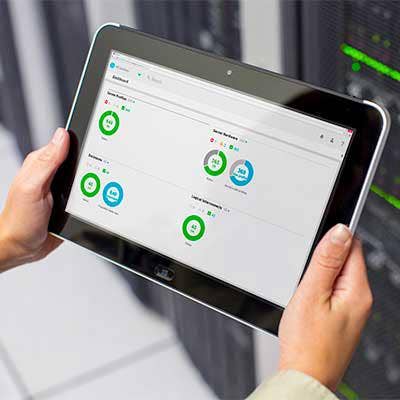
Talk about the HP OneView integration.
This is going to be a full hyper-converged, hybrid IT solution. HP OneView is at the core of that experience. SimpliVity will become the data fabric, the software-defined storage layer at the bottom. It is very simple: You take our Proliant servers, you layer on top of that the HPE SimpliVity software-defined storage, and on top of that you have the HPE OneView management and orchestration layer. What we are going to deliver by the end of the year is the SimpliVity solution on HPE Synergy.
This is an exciting roadmap from a hyper-converged appliance to a software-defined fabric for Synergy and data mobility with 3Par. In the next 12 months, we are going to deliver all of that for our customers and partners.

What kind of economic impact will the HPE SimpliVity deal have on partners?
For partners, this is going to be easy to sell because they can now sell a full portfolio depending on which workloads they want to land where. There is a lot of money and margins they can add here. The simplicity of bringing all of this together is the benefit to our partners. They can sell it as an integrated solution with the HPE brand and the benefits of the SimpliVity aspects of what we are acquiring here.

How do you feel about the acquisition?
I am excited. This is a good day for our customers and partners. We are going to bring the best hyper-converged platform on the planet to the market and give our partners a full integrated solution as we go along. Today, they have to do a lot of things on their own to bring what SimpliVity used to do as a hardware vendor. Going forward, we are going to give them the best hyper-converged experience designed for enterprise with the resiliency and the features customers are looking for.
In the end, we are going to use the SimpliVity [software] assets across many things. It is going to become the data services for HPE in the scale-out architecture This will help partners sell more Proliants into the software-defined market, the private cloud market and the hybrid IT space.

How big of a game changer is this for partners? Does this immediately propel you to No. 1 position in the hyper-converged market?
It's going to be a massive benefit to partners because, obviously, this space is highly fragmented today. Partners are actually spending a lot of cycles here bringing things together; we're going to make all of that simple for them. For sure it's going to put us in the top two here, and our goal is not to sell just hyper-converged, it's to sell integrated hybrid IT solutions where hyper-converged is one aspect of it. But definitely, we're going to grow much faster than the market – that's a fact. This will take [us] to the next level.
But if I'm a partner today, I sell servers, I'm selling hyper-converged and also now selling Synergy. Now they're going to sell the entire portfolio with a common experience for software-defined. We are bringing it all together for customers and partners.

How did the deal come together?
This is what happens when two parties have a common vision of the market and then go in together. [SimpliVity CEO] Doron [Kempel] (pictured) and I have spent a lot of time together in the last several months, and he realized that if you want to compete in the enterprise you need a go-to-market strategy with channel partners and a direct sales force that can bring that to bear.
We know if we wanted to compete in the enterprise we needed a software-defined storage that has all the ingredients and features and resiliencies of an enterprise-grade solution. Ultimately, it's all about how we deliver that experience to our customers on top of what I think is a given, which [is that] we have the best infrastructure on the planet.

Was there any difference in how SimpliVity and HPE viewed the market?
The two visions were very well aligned: a vision of hybrid IT, a vision about enterprise, so that makes deals like this much easier.
There was a lot of technology due diligence that happened. We understood their solution in great detail … Then you have to go through the traditional M&A process. I would argue that Doron and I were the two that had the common vision here with [HPE CEO] Meg [Whitman] really supporting the deal from the top.

Talk about the $650 million price of the deal.
Valuations are done based on many things. Obviously the market is going through a lot of changes. Overall, I think this is what I call a fair price on both sides, and ultimately we are committed to deliver value to our customers much faster than being two independent [companies].

What was the channel overlap between SimpliVity and HPE?
There was very little overlap, honestly, and those partners obviously will continue to be part of the ecosystem. The reality was that we were selling HC 380 versus SimpliVity. For those that are selling today, they will continue to sell it, and for those that were not, we're giving them a complete portfolio.
This is a massive opportunity for us and the partners. The market is going to more than double in the next three years. We understand the pressures in the traditional enterprise compute aspect of this. This is an opportunity to go after a fast-growing market with very strong margins. There's very little investment needed by the partners; we'll enable them with anything they need. This is a simple solution in a sense that it works out of the box with a few clicks, and you are up and running within a few minutes.
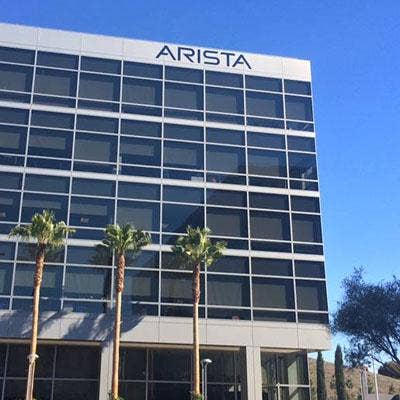
Does this change the Arista partnership?
No. Arista is our software-defined networking partnership. This is software-defined storage and hyper-converged. This is unbelievably complementary. Every move we make is aligned to the strategy. You talk about high-performance compute; that's why we did the acquisition of SGI or high-performance data analytics: same thing. With hyper-converged and (Synergy) Composable, we have a unique vision. Basically this completes the puzzle.
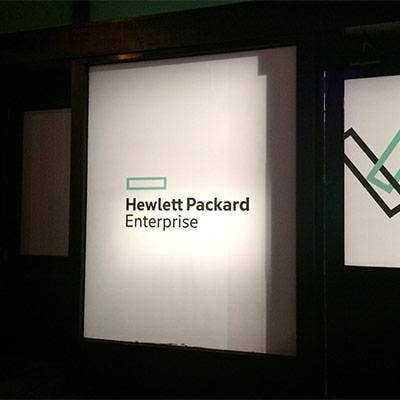
How big of a game-changer is this for HPE partners?
This is a phenomenal game-changer. We are making it easy for our partners and customers to buy and deploy this: full integrated [software defined hyper-converged] solutions with HPE enterprise DNA and ultimately running on the best infrastructure on the planet. We are moving really fast here. This is an exciting roadmap from a hyper-converged appliance to a software-defined fabric for Synergy and data mobility with 3Par. In the next 12 months, we are going to deliver all of that for our customers and partners.